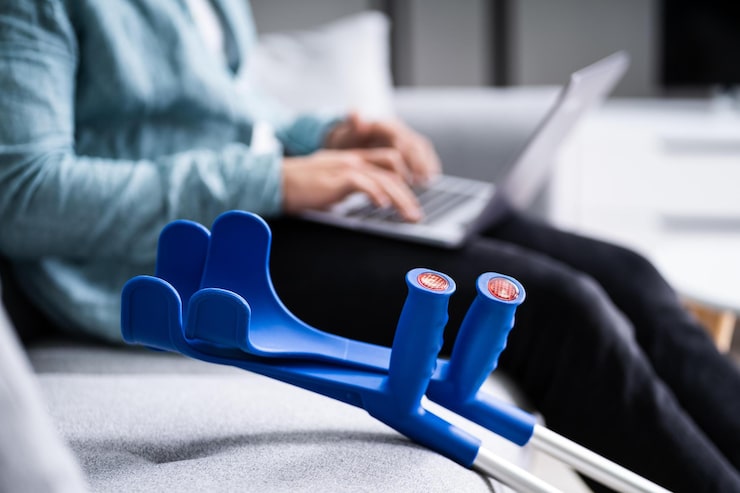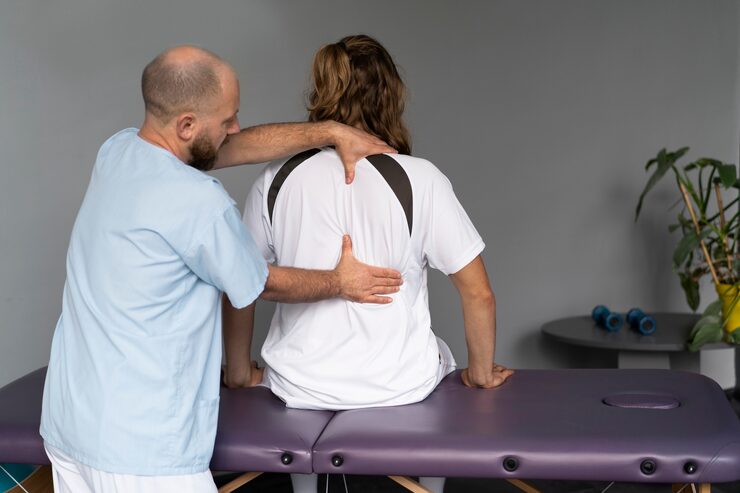If you’ve just had surgery—or you’re planning one—you might be asking, “How soon after surgery should I start physical therapy after surgery?” It’s a question that hits home for so many. Surgery’s a big deal, and getting back on your feet can feel overwhelming. I’ve seen it with family—my uncle after his knee replacement, wondering when he could move without risking anything. The answer isn’t one-size-fits-all, but it’s worth figuring out. As of March 28, 2025, let’s walk through it together—when to start, why it matters, and what it can do for you. This guide’s got you covered with clear steps and real insights.
Understanding Physical Therapy After Surgery
Before we dive into timing, let’s get a sense of what physical therapy’s all about post-surgery and why it’s a key piece.
- What Physical Therapy Does Post-Surgery
Physical therapy’s your recovery partner. It’s about guided exercises—sometimes simple stretches, sometimes more—to rebuild strength, mobility, and function after surgery. Whether it’s a hip replacement or a heart procedure, it helps your body heal right. My cousin started it after her shoulder surgery, and it was like a roadmap back to normal. It’s not just moving; it’s moving smart, with a pro to keep you on track. - Why Timing Matters
Start too soon, and you might strain something fresh. Wait too long, and stiffness or weakness could settle in. Physical therapy recovery after surgery hinges on that sweet spot—giving your body time to rest but not so much it forgets how to work. Doctors and therapists tailor it to your surgery, so you’re not guessing. It’s about balance, and that’s what we’ll unpack next.
How Soon After Surgery for Physical Therapy?
So, how soon after surgery for physical therapy? It depends on what you had done—here’s the rundown.
- General Guidelines by Surgery Type
For joint surgeries—like knees or hips—physical therapy often starts within 24-48 hours, sometimes in the hospital. My uncle was up the day after his knee replacement, taking slow steps with a therapist. For abdominal or heart surgeries, it might be a few days to a week, focusing on gentle breathing or sitting up. Spine surgery? Could be days or weeks, depending on healing. Orthopedic surgeon Dr. Jane Lee says most patients start within a week for major joints, but it’s case-by-case. - Factors Affecting the Start
Your surgeon’s call is king—based on how complex the surgery was, your health, and how you’re healing. Age plays a role; younger folks might bounce back faster. If there’s infection or swelling, you’ll wait longer. When to start physical therapy after surgery isn’t fixed—it’s personal, and your doctor’s got the final say.
For Physiotherapy services in Scarborough, Call us
Physical Therapy Timeline After Surgery
Let’s map out the physical therapy timeline after surgery—what happens when.
- Early Days to Weeks
First 1-7 days: It’s light—think bed exercises like ankle pumps or sitting-to-standing with help. My friend post-appendectomy started with deep breathing day two, just to keep things moving. Weeks 1-4: You might add walking or range-of-motion work, like lifting your arm after shoulder surgery. It’s slow, building a base without pushing too hard. - Long-Term Recovery Phases
Weeks 4-12: This is where strength kicks in—weights, resistance bands, maybe stairs. My uncle hit this phase with his knee, feeling sturdier each session. Beyond three months: You’re refining—full motion, balance, back to sports if that’s your goal. A 2023 study in Physical Therapy Journal says 80% of joint patients see big gains by 12 weeks with steady therapy. It’s a marathon, not a sprint.
Benefits of Physical Therapy Post Surgery
Why bother? The benefits of physical therapy post surgery are worth it—here’s how.
- Short-Term Gains
Right off the bat, it cuts pain and swelling. A 2024 review found early therapy reduced discomfort by 30% in knee patients within two weeks. You’ll move easier—my cousin could lift her arm without wincing after a few sessions. It also fights stiffness, keeping joints loose. Those first steps feel like progress, and that’s gold. - Long-Term Healing
Stick with it, and you’re rebuilding—stronger muscles, better balance, less chance of re-injury. A 2022 study showed hip replacement patients with therapy were 25% less likely to fall a year later. Physical therapy recovery after surgery sets you up for life—whether it’s climbing stairs or chasing kids, it’s about getting back to you.
Is Physical Therapy Safe Right After Surgery?
Safety’s a big deal—is physical therapy safe right after surgery? Let’s look at it.
- Risks to Watch For
Too early, and you could stress stitches or a healing bone—think swelling or, worst case, reopening a wound. My uncle’s therapist waited a day to be sure his knee was stable. Pushing too hard might slow healing, especially with delicate surgeries like heart or spine. That’s why it’s not DIY—pros know the limits. - Working with Your Team
Your surgeon and therapist team up to keep it safe. They’ll start you slow—maybe just breathing exercises if it’s day one. When to start physical therapy after surgery comes with their okay, based on your progress. Tell them if something hurts—they’ll adjust. It’s a partnership, and they’ve got your back.
Sum Up
So, how soon after surgery should you start physical therapy after surgery? It’s not a single answer—could be a day, a week, or more, depending on your surgery and health. As of March 28, 2025, the key is listening to your doctor and easing in at the right pace. It’s about healing smart—cutting pain, building strength, getting you back to what you love. Check with your care team, weigh what you’ve read here, and take that first step when it’s time. Recovery’s a journey, and this could be a big part of yours.










